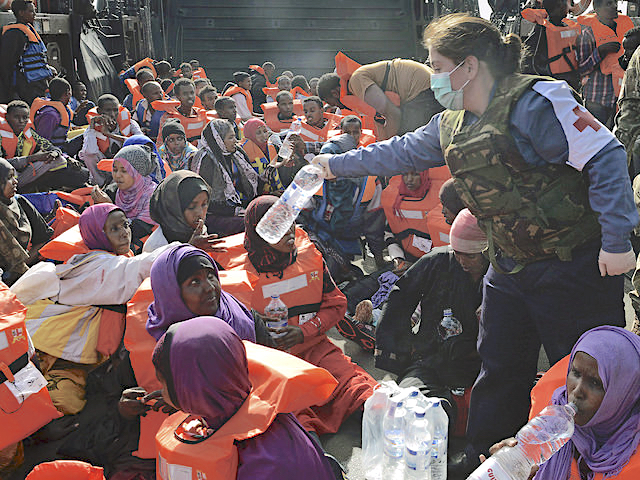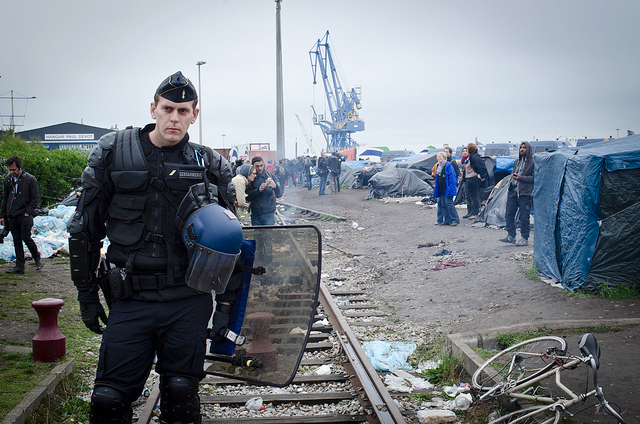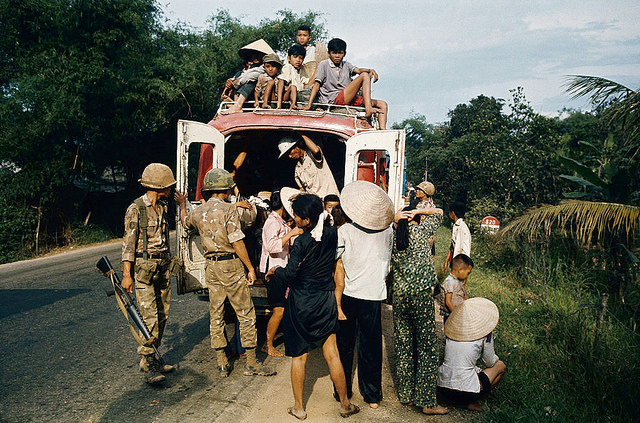The U.N.special rapporteur on the human rights of migrants decries the “shallow scaremongering” that passes for debate on migration. He proposes eight goals to transform the way states manage migration.
We are told that the fact that so many people are on the move globally constitutes a crisis. The language deployed resorts to liquid imagery in which “waves” of refugees and migrants are overwhelming and “flooding” our societies.
The reality is that the so-called “migration crisis” is policy-driven. Migration itself is a natural part of human existence; it is neither a crime nor a problem, and it has the potential to be a remedy for many social ills. The collective response to date of placing restrictions on mobility is part of the problem, not of the solution.
We need a long-term strategy for human mobility that links two U.N. processes already underway: the work toward the sustainable development goals and the negotiations for the global compact for safe, orderly and regular migration.
Developing policies and practices that offer more regular, safe, accessible and affordable mobility options to people will put states in a better position to respond to the significant demographic, economic, social, political and cultural challenges that lie ahead.
The when, how, where and why of migration are determined by push-and-pull factors. Poverty, violence, discrimination and poor governance are pushing people to migrate. Demand for labor, whether acknowledged or not, and family reunification are pulling in migrants.

Yet public discussion of these factors has been extremely shallow, often confined to little more than scaremongering about “benefit scroungers” and migrants “stealing jobs.” Rather than address the reasons behind migration, states often respond to increased migration movements by creating and progressively increasing barriers to mobility, narrowly focusing on securitization, repression and deterrence.
States’ central objective has been to secure their borders by building fences, using violence to stop undocumented movements across land and sea borders, using long-term detention as a deterrence tool and carrying out collective expulsions to countries of origin and transit. Moreover, states have exported their border-management activities beyond their territorial borders, extending them to the high seas and third countries. Too often, such measures are conducted without sufficient assessment of individual protection needs or adequate oversight.
Ignoring the reality of push-and-pull factors, these repressive policies serve only to create the perfect conditions for underground labor markets and smuggling rings to flourish.
States often do not address the reasons why individuals want or need to move from their countries of origin and why employers in destination countries seek to employ them. Thus, the repression of undocumented migrants and the externalization of borders do little but increase the suffering of migrants and have the effect of entrenching smuggling rings and exploitative recruiters and employers. Migrants will continue to arrive, no matter what.
With this in mind, I propose two axes of solutions to human mobility and eight goals to aim for.
The first axis consists in developing refugee settlement programs to serve more refugees than the current 1 percent. Private sponsorship of refugees should be included in these programs, because it progressively builds a constituency of nationals who are in favor of welcoming refugees.

The second axis consists in recognizing real labor needs and opening up considerably more visa opportunities or visa-free travel programs for migrant workers at all skill levels. With appropriate selection and organization, the numbers would be entirely manageable.
The effect of such approaches would be to significantly reduce the market for smugglers and unethical recruiters. They would also enable all security checks by intelligence agencies to be made in a timely manner and mostly before arrival.
These approaches would, moreover, show the electorate of destination countries that borders are respected and that authorities are managing migration properly, that employers are integrating migrants into the labor market, that investments have been made in integration programs and consequently that the fear-mongering discourse of nationalist populists is based on stereotypes, myths and fantasies.
A 2035 agenda for facilitating human mobility would translate the existing 2030 agenda for sustainable development into “bite-sized” and achievable goals, targets and indicators. I suggest the following goals:
Goal 1. Offer regular, safe, accessible and affordable mobility solutions to all migrants, regardless of status or skill level.
Goal 2. Protect the labor and human rights of all migrant workers, regardless of status and circumstances.
Goal 3. Ensure respect for human rights at border controls, including return, readmission and post-return monitoring, and establish accountability mechanisms.
Goal 4. End the use of detention as a border-management and deterrence tool against migrants.
Goal 5. Provide effective access to justice for all migrants.
Goal 6. Ensure easy access for all migrants to basic services, including education and health.
Goal 7. Protect all migrants from all forms of discrimination and violence, including racism, xenophobia, sexual and gender-based violence and hate speech.
Goal 8. Increase the collection and analysis of disaggregated data on migration and mobility.
Migration is here to stay. Its inclusion in the sustainable development goals demonstrated the importance of migration today and the commitment of states to addressing it. The unprecedented number of undocumented cross-border movements has resulted in increased deaths, violence and suffering at borders. Such events have clearly shown that the status quo in the approaches of states to border control and migration is not sustainable if the objective is to reduce suffering and deaths.
This article originally appeared on Refugees Deeply, and you can find the original here. For important news about displacement and forced migration, you can sign up to the Refugees Deeply email list. Photographs courtesy of Joel Schalit.





